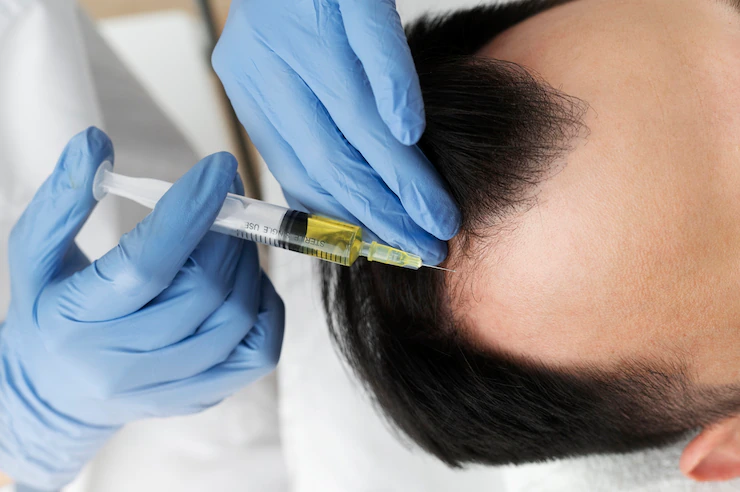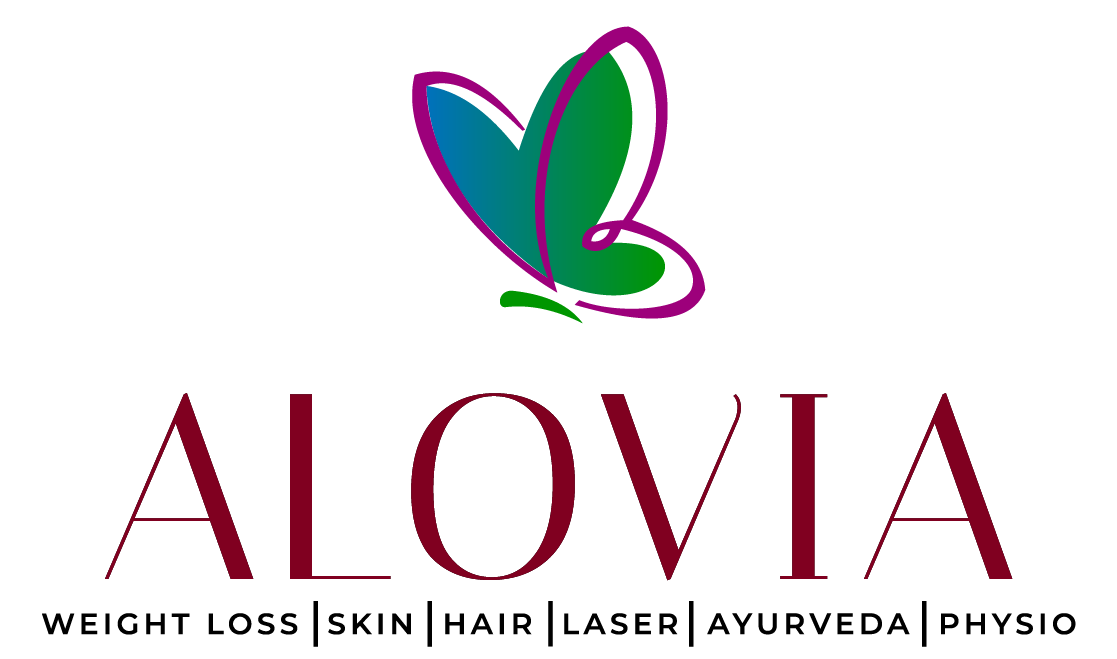PRP HAIR LOSS TREATMENT
PRP (platelet-rich plasma) therapy for hair loss is a three-step medical treatment in which a person’s blood is drawn, processed, and then injected into the scalp.
Some in the medical community think that PRP injections trigger natural hair growth and maintain it by increasing blood supply to the hair follicle and increasing the thickness of the hair shaft. Sometimes this approach is combined with other hair loss procedures or medications.
There hasn’t been enough research to prove if PRP is an effective hair loss treatment. However, PRP therapy has been in use since the 1980s. It’s been used for problems such as healing injured tendons, ligaments, and muscles.

To understand how PRP works, it is important to be aware of the role that platelets play in healing.
Platelets are a component of blood, along with red and white blood cells. When a person sustains a cut or wound, the platelets are some of the body’s “first responders” that arrive to stop the bleeding and promote healing.
Researchers theorized that if they could extract concentrated platelets and inject them into damaged areas of the body, they could accelerate healing.
To produce PRP, a medical professional will take a blood sample and put it into a machine called a centrifuge. This machine spins at a rapid rate, which separates the components of the blood. The medical professional then extracts the platelets for injection.
The Process
As with most procedures, there is a careful process involved in using PRP for hair regrowth, beginning with a standard blood draw from the patient’s arm. Next, Zeichner says, “The tube of blood is put into a machine called a centrifuge, which spins the blood tube to separate out the red blood cells from the plasma.” The plasma, which is rich in platelets, is then injected directly into the scalp at the level of the hair follicles.
The process is meticulous — with injections beginning across the scalp, approximately at every half inch over the area of thinning hair — but typically, the entire procedure takes less than a half-hour.
Who Should Not Go For PRP Treatment?
PRP hair treatment procedure is not suitable for the following people–
- Heavy smokers
- Those diagnosed with medical disorders such as platelet dysfunction syndromes, thrombocytopenias, hypofibrinogenaemia, hemodynamic instability, sepsis, acute infections, chronic liver disease and cancer should avoid opting for PRP. It is also not advisable for those undergoing anti coagulation therapy and those on blood thinners.
FAQs:-
PRP for hair loss is a cost-effective and simple non-surgical treatment that can provide substantial improvement in hair growth and thickness along with the following benefits:
Today, some patients have PRP injection in conjunction with other hair loss treatments, such as medication. Increasing clinical evidence suggests PRP can help patients with hair loss. Most PRP studies report following up with patients for up to six months after their procedure
REACH US
2-37/74&75/2 CROWN COURT, 2nd FLOOR, PLOT NO: 74 & 75 VINAYAK NAGAR, GACHIBOWLI, HYDERABAD-500032.
